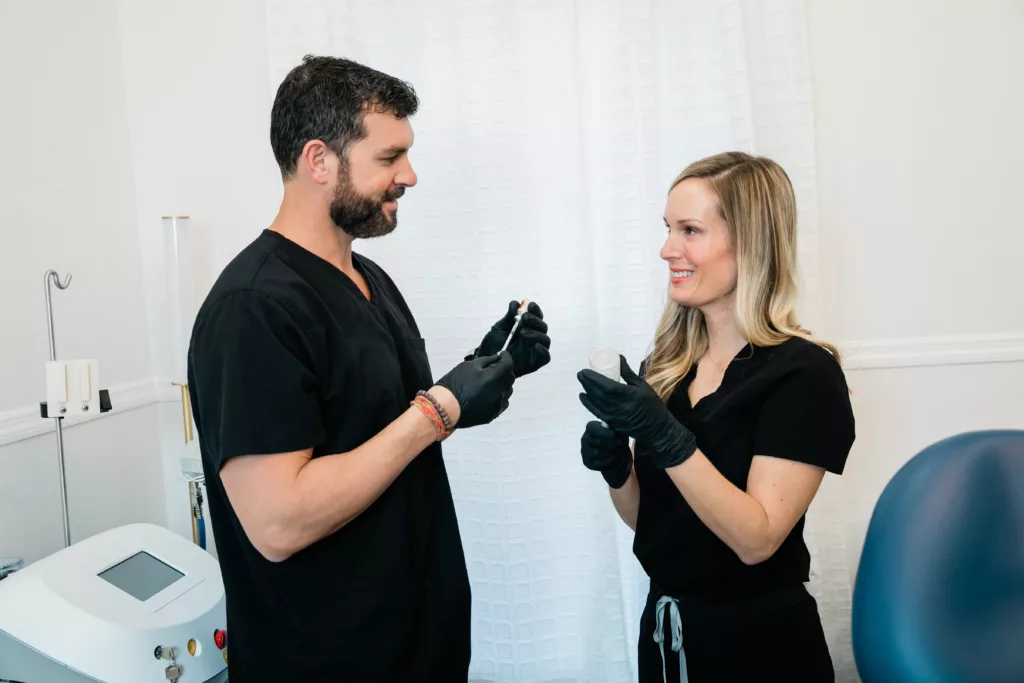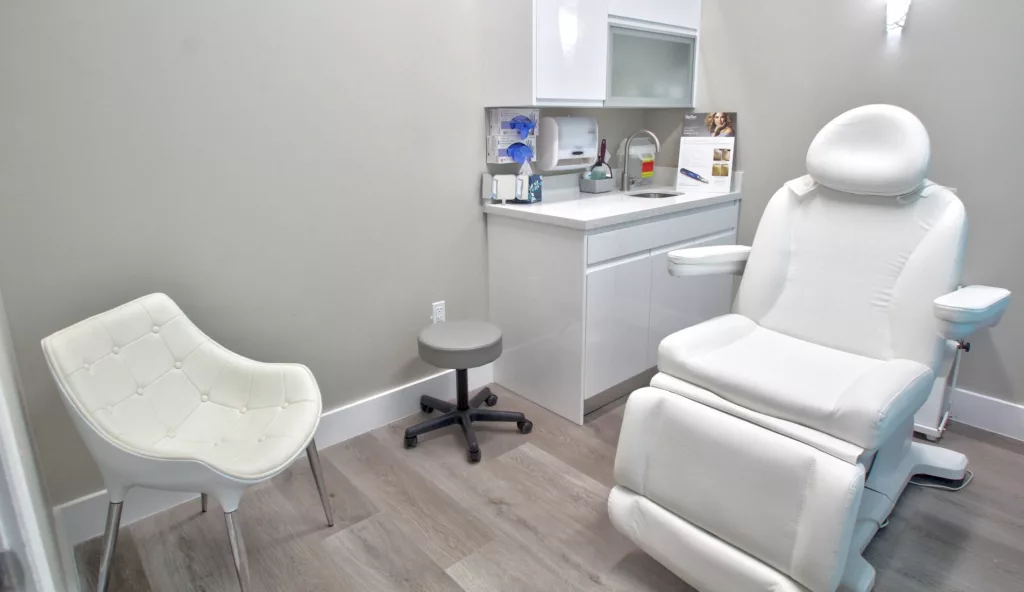After decades of experience in healthcare administration and entrepreneurship across multiple industries, Taylor Fyfe brings unique insights to the Practice Transitions Group team. His deep understanding of both clinical and business challenges makes him particularly attuned to the evolving needs of medical practice owners.
Industry Insights: The Changing Economics of Medical Practice
The landscape for medical practice owners has shifted dramatically in recent years. Insurance reimbursements continue to decline, particularly affecting primary care and pediatrics. Consider that many primary care physicians, after 8+ years of education, are seeing average incomes around $140,000 - a figure that's becoming increasingly difficult to justify against rising educational costs and operational complexities.
The Administrative Burden
Beyond declining reimbursements, practice owners face mounting administrative challenges. Insurance companies now require extensive documentation, pre-authorizations, and complex billing procedures that often necessitate dedicated full-time staff. This administrative overhead continues to grow, further squeezing practice profitability.
Why Experience Matters in Practice Transitions
When it comes to selling a medical practice, having the right expertise makes a significant difference. Key factors that impact your transition success include:
- Understanding complex CPT code analysis and valuation
- Properly calculating and documenting EBITDA adjustments
- Accessing and evaluating qualified buyers
- Creating comprehensive presentation materials
- Managing complex data analysis and risk assessment
- Navigating buyer relationships and negotiations
The Future of Independent Practice
The growing challenges of independent practice have led many physicians to consider employment with larger organizations. While this offers stability, it often means sacrificing autonomy and entrepreneurial opportunities. However, some alternatives can provide both financial security and professional independence.
A Different Approach to Practice Transitions
Drawing from both healthcare administration experience and entrepreneurial insights, our approach focuses on maximizing practice value while understanding the unique challenges medical practice owners face. We combine deep industry knowledge with sophisticated financial analysis to ensure practice owners achieve optimal outcomes in their transitions.
Looking to understand your practice transition options? Contact Practice Transitions Group for a confidential discussion about your goals.



